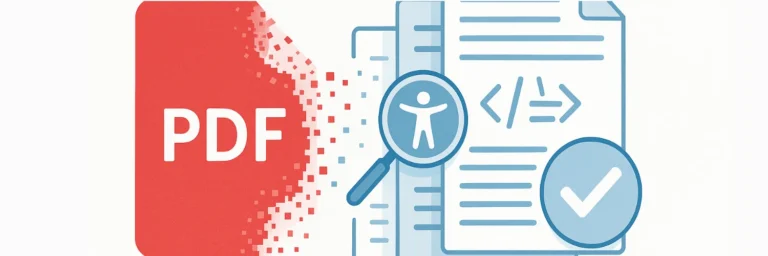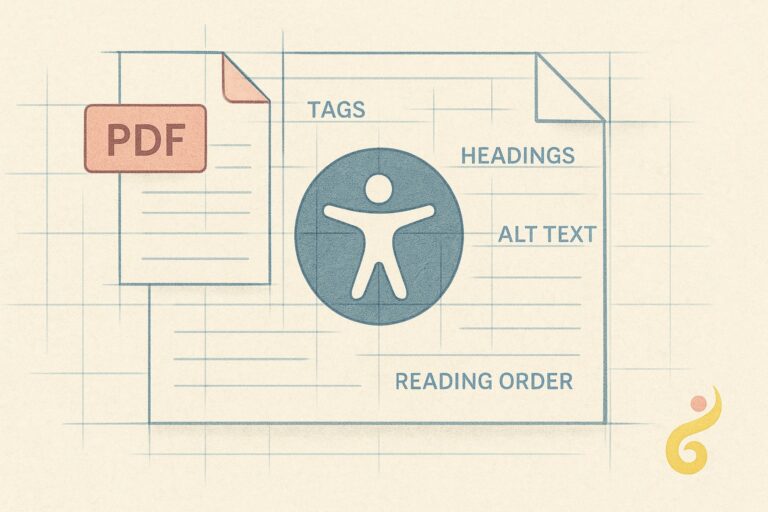Analysis takes overwhelming, unstructured information and transforms it into clear, actionable insights. It’s not just about crunching numbers—it’s about creating clarity from chaos.
A good analytical agent doesn’t just spit out charts. It identifies trends, anomalies, and meaningful patterns you might otherwise overlook. It segments data neatly, benchmarks performance clearly, and contextualizes everything to make your next steps crystal clear.
Think of AI in cybersecurity. Analytical agents sift through petabytes of network traffic logs, system events, and threat intelligence feeds in real-time to identify anomalous patterns indicative of a cyberattack. For example, Darktrace uses AI that learns the unique “pattern of life” for an organization’s network and then flags deviations that could signify a breach (see Darktrace AI Cyber Security Solutions). In healthcare, AI analyzes medical images (X-rays, MRIs) to detect early signs of diseases like cancer or diabetic retinopathy, often finding subtle patterns missed by the human eye. Google Health has conducted research showing that deep learning models can predict the presence of diabetic retinal disease from eye images (see Google Health – AI Imaging & Diagnostics). These systems aren’t just presenting raw data; they are highlighting specific, critical insights that demand attention.
Consider a business intelligence agent. It scours your sales figures, customer feedback, and market trends. It highlights critical insights: “This product is trending downward; customers prefer this feature; here’s where growth potential lies.” It’s actionable insight, ready-made.
Data that’s just gathered is data, and you pay a cost in holding that data – even if it’s on that old HD at your grandma’s house. There is cost in the storage media, there is cost for the literal storage – Grandma could put something else there, so, the opportunity cost of o
Prompt Idea for “A” (Analysis) – Iconographic (Clean) – Specific Background: “A clean and modern iconographic representation for ‘Analysis’ from the SMART GEAR framework. The letter ‘A’ is the central, prominent design element. Visualize the ‘A’ with one of its legs stylized as a magnifying glass examining abstract data points or a small, clean bar chart integrated within its structure. Alternatively, data streams could flow into the ‘A’ and emerge as a simplified, insightful pattern or trend line. The style is professional, abstract, and iconographic. Background is #F5F5F5 (Light Gray). The letter ‘A’ itself could be a solid Primary Blue or Dark Gray (Text). Elements representing data, charts, or insights should use Accessory Teal and Accessory Yellow. The overall feel should be about examining data, finding patterns, and extracting clarity. Ensure no additional text, watermarks, or logos are present in the image. Aspect ratio 1:1.” Imagen 3 via Gemini





